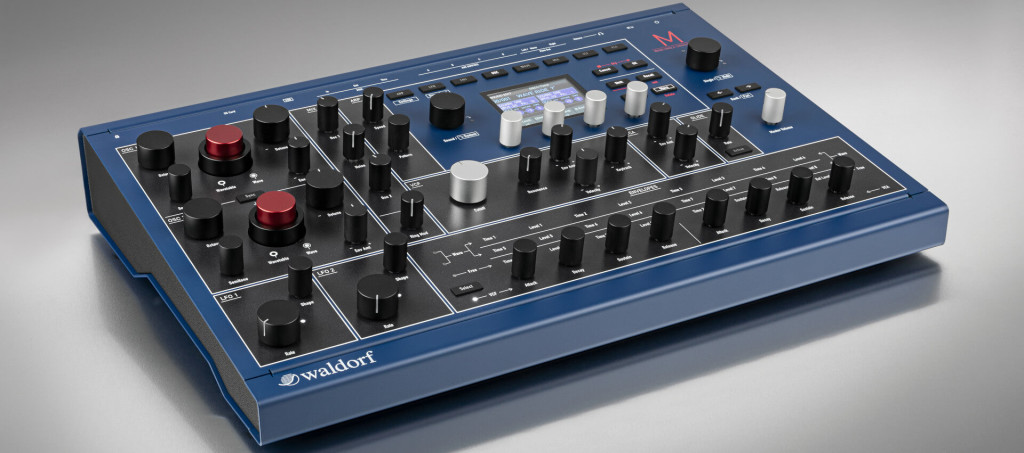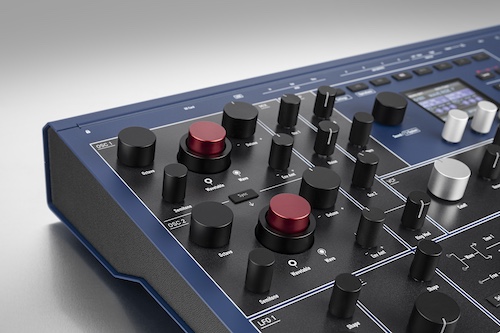Waldorf aren’t kidding when they say they’re “back to their roots.” Their new synth ‘M’ promises to bring back everything that made the original Microwave wavetable synth special – in a modern package. It’s the Microwave for 2021.

Various synth makers have been navigating into wavetable synthesis again. KORG is even competing with itself with wavetable options. The basic idea is elemental and powerful – use single-cycle digital waveforms to get different harmonic content, beyond what an analog circuit can do. Brought into today’s context, that means just as the market is flooded with lots of great inexpensive analog options, wavetable repeats history and gives you lots of cutting, futuristic sound design choices. But rather than just go back to 1981’s original PPG Wave, the original Microwave is a perfect starting point for a reboot.
It’s just that the used market prices for the original are now stupidly expensive for 1989 technology. Plus part of the reason Waldorf teased a giant red disc leading up to their announcement this week is – the original Waldorf basically only had that giant red knob, out of the box.
So – here comes M.
Start with the Microwave I as an operating mode – 240 kHz 8-bit playback with non-bandlimited waves. (Won’t find that on all those other wavetable instruments.)
In place of the Curtis (CEM 3389) filter sound of the original – now you get the enhanced analog SSI2144 filter derived from Dave Rossum’s original design, which you’ll be seeing in a bunch of places in new gear.
Add a bunch of knobs.
Resonance, analog saturation, 2048 sounds from the wavetable experts including all those Microwave classics and expansions.
A new more modern mode based on the later Microwave II/XT, which has stuff like hard sync (plus the 16-bit wavetables, if you want them).
Arpeggiator.
MIDI-syncable global LFO.
And then you put that into an eight-voice polyphonic, four-part multitimbral package.
Anyway, those are specs. Looking past the specs, this is the most Waldorf product Waldorf could make. It draws on some history, but you don’t really need to know anything about red knobs or products that sound like they’re going to heat up your frozen burrito. Think instead what you get is a beautiful digital/analog hybrid spanning the 80s to today, with a bunch of edgy sounds, two really different personalities you can switch between freely, and a ton of knobs.
1879€, but sure to be one of the major desktop synth announcements of this generation.
And it sounds like this:
